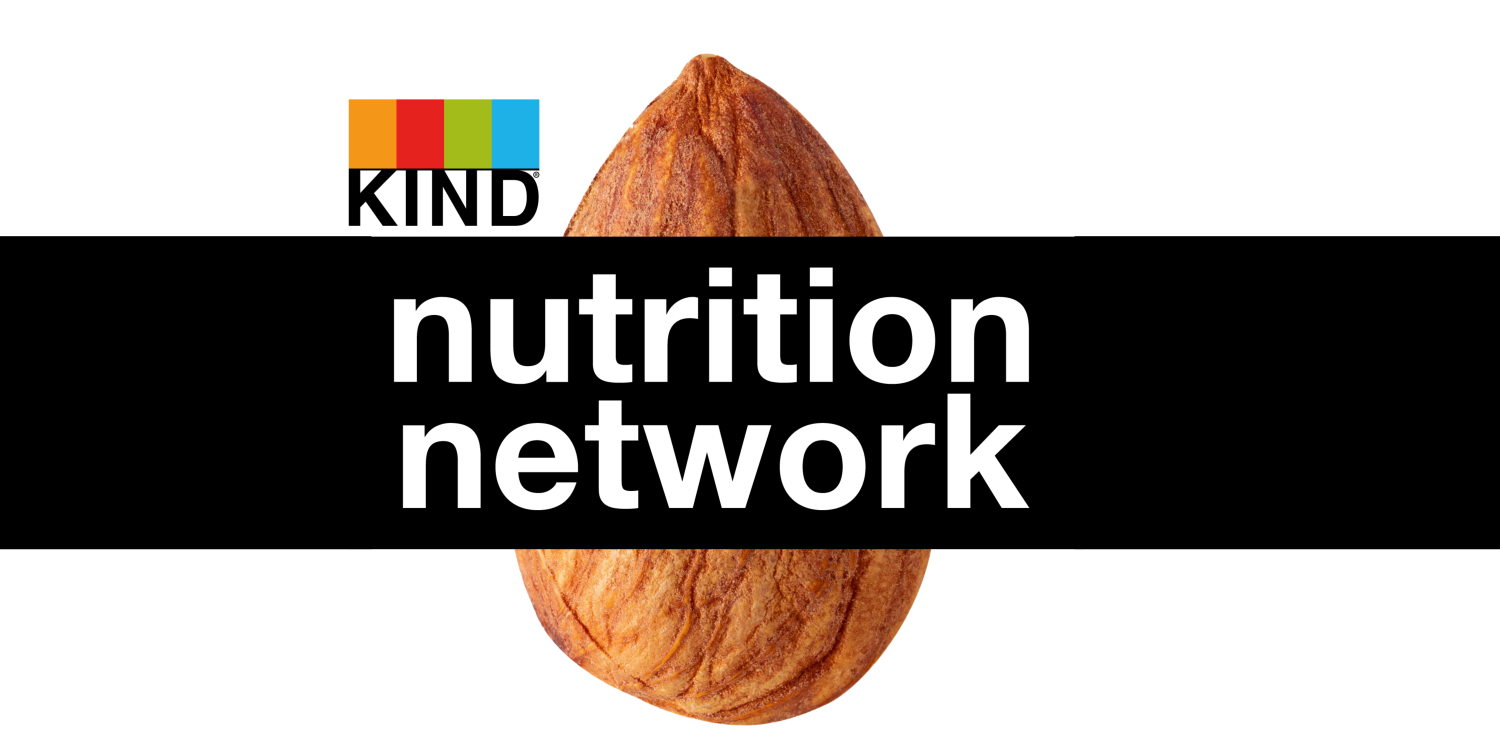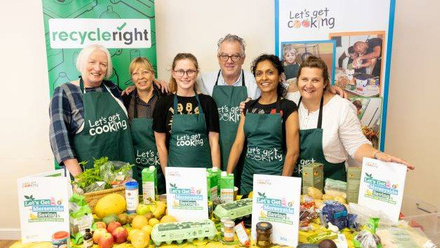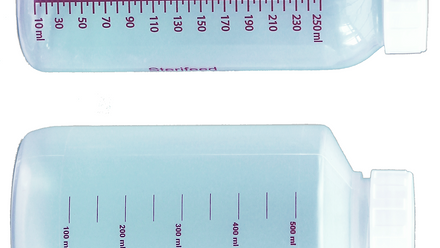The UK food environment is complex, with frequently changing policy and rising costs of living, it may be more challenging than ever to consume a healthy diet without adequate support.
KIND®, in partnership with the BDA, hosted a roundtable to bring together a diverse group of experts to share insights on the current food landscape, discuss policies that encourage healthy eating, and identify opportunities to support the UK population to increase consumption of recommended foods to meet dietary guidelines.
Understanding the landscape; are the UK population meeting dietary guidelines?
Global food based dietary guidelines, such as the UK Eatwell Guide, outline recommendations on how to consume a healthy diet to meet nutrient requirements.1 Despite dietary guidance, data from the Global Burden of Disease study shows intakes of foods such as fruit, vegetables, wholegrains, legumes, nuts and seeds are well below recommended levels and have only slightly improved or remained stable since 2000. Low intake of these foods has been associated with increased risk for chronic non-communicable disease.2 There is an urgent public health need to increase intake of recommended foods to reduce the risk of disease and improve overall health.
5 A Day Policy; high awareness with opportunity to increase intakes
UK Government policy plays a central role in improving the food environment. Over the last 20 years we have seen various policies outlined to promote healthy eating. In 2003, the Department of Health launched the 5 A Day policy, a marketing campaign to encourage consumption of a variety of fruit and vegetables and increase awareness of their health benefits3.
The data indicates that the campaign was successful in educating consumers, however, intakes of fruit and vegetables have remained stable since 2008. Despite the fact that 78% of consumers were able to correctly identify the recommended number of portions4, only 33% of UK adults currently achieve the 5 A Day recommendation. This is the equivalent of an average intake of 4.3 portions per day.5
Roundtable participants identified the following as key barriers to fruit and vegetable consumption:
- A lack of clarity of what counts as a fruit and vegetable
- The cost and preparation required with fresh produce
- A lack of trust in the guidelines
- Misconceptions around the nutrient value of fruit and vegetables, particularly of tinned and frozen options.
There are clear opportunities to build on the 5 A Day policy to address some of the barriers to consumption with further education, and practical guidance to increase intakes of fruit and vegetables on a population level.
Understanding HFSS policy; and the opportunity for innovation to increase fruit, vegetable, and nut intakes
Recent policies have focused on the maintenance of healthy weight in adults and children through reduction, reformulation, and restriction of foods typically high in fat, sugar and salt, with a goal to halve childhood obesity by 2030.6 In 2020 a new obesity strategy was announced with a range of restrictions on food categories classified as high in fat, sugar, salt (HFSS) including restrictions on advertising, promotional offers, and placement of food products in store and online7, 8.
Over the last two years, food manufacturers have worked to reformulate and innovate products in line with the legislation. The nutrient profile model incentivises increasing the amount of fruit, vegetables, and nuts in products. Products made with more than 80% fruits, vegetables and/or nuts have a high probability of compliance with legislation. Roundtable participants discussed how the legislation presents an opportunity to increase the amount of recommended foods added to the diet, to promote a food-based approach rather than focus on nutrients to limit alone.
As of October 2022, foods classified as HFSS are restricted on placement in store, meaning they cannot sit in promotional areas such as front of store or aisle ends. The restrictions on promotional offers such as ‘multibuys’ and ‘buy one get one free’ have been delayed due to the cost-of-living crisis, while advertising restrictions are due to come into effect in January 2024.
Low awareness of HFSS policy; could it be a gap in its success?
Earlier this year, KIND® partnered with the BDA to survey UK Dietitians and assess their knowledge of the HFSS legislation and found that less than half (44%) of the respondents knew about the legislation.9
Additionally, it has been reported that only 15% of consumers know about the HFSS policy.10 The legislation was designed to reduce the intake of HFSS foods by making healthier foods more accessible and visible in stores, however low awareness among dietitians and consumers could impact the success of the policy.
The roundtable discussion highlighted the following:
- Professional nutrition and dietetics organisations can play a role in supporting dietitians to upskill on new policies and bridge the gap between industry and policy
- There is a clear opportunity to bring HFSS policy through to consumer facing campaigns and to connect with policies that currently support consumers in selecting healthy food choices, such as the traffic lights labelling system
- Concerns that without aligning the policy with an educational campaign, and tools to ignite change, consumers may adapt to the new construct without changing purchasing behaviour
An aligned approach; the opportunity to impact change
To address current public health crises food choices need to be healthy, sustainable, and affordable for all. There are clear areas of opportunity to strengthen the execution of policy to meet intended goals. The roundtable discussion concluded that partnerships between the food industry, nutrition policy, academic, and clinical experts are critical for success. Participants recognised that to positively impact nutrition and health all stakeholders must work together on one common goal.

KIND® will continue to explore forward-looking opportunities to build a kinder and more NUTritious world. To stay connected with KIND®, sign up here to join our nutrition network and follow on Instagram @kindsnacks_nutrition.
Jo Lewis, Partnerships Manager says: “Round table meetings such as this one provide a valuable channel for us to place our expert members at the heart of the delivery of our vision to develop health and social care nutrition policy and promote positive discussion on food, nutrition, wellbeing and health. We are grateful to all the participants and to KIND® for pulling together this summary to share with the wider membership.”
References
- Public Health England (2016). The Eatwell Guide
- Global Burden of Disease Study 2017 Diet Collaborators. Health effects of dietary risks in 195 countries, 1990–2017: a systematic analysis for the Global Burden of Disease Study 2017. Lancet 2019; 393: 1958–72.
- Herbert et al (2010). Young UK adults and the 5 A DAY campaign: perceived benefits and barriers of eating more fruits and vegetables. https://doi.org/10.1111/j.1470-6431.2010.00872.x.
- Food Standards Agency (2008). Annual Report 2007/08. https://assets.publishing.service.gov.uk/government/uploads/system/uploads/attachment_data/file/248498/0805.pdf
- Office of National Statistics (2020). National Diet and Nutrition Survey: results from years 9 to 11 (2016 to 2017 and 2018 to 2019).
- Department of Health and Social Care (2018). Childhood Obesity: a plan for action chapter 2
- Department of Health and Social Care (2020). Tackling obesity: empowering adults and children to live healthier lives
- Department of Health and Social Care. Restricting promotions of products high in fat, sugar, or salt by location and by volume price: Implementation guidance
- BDA/ KIND® survey, May 2022
- Vypr Sentiment Analysis, April 2022







